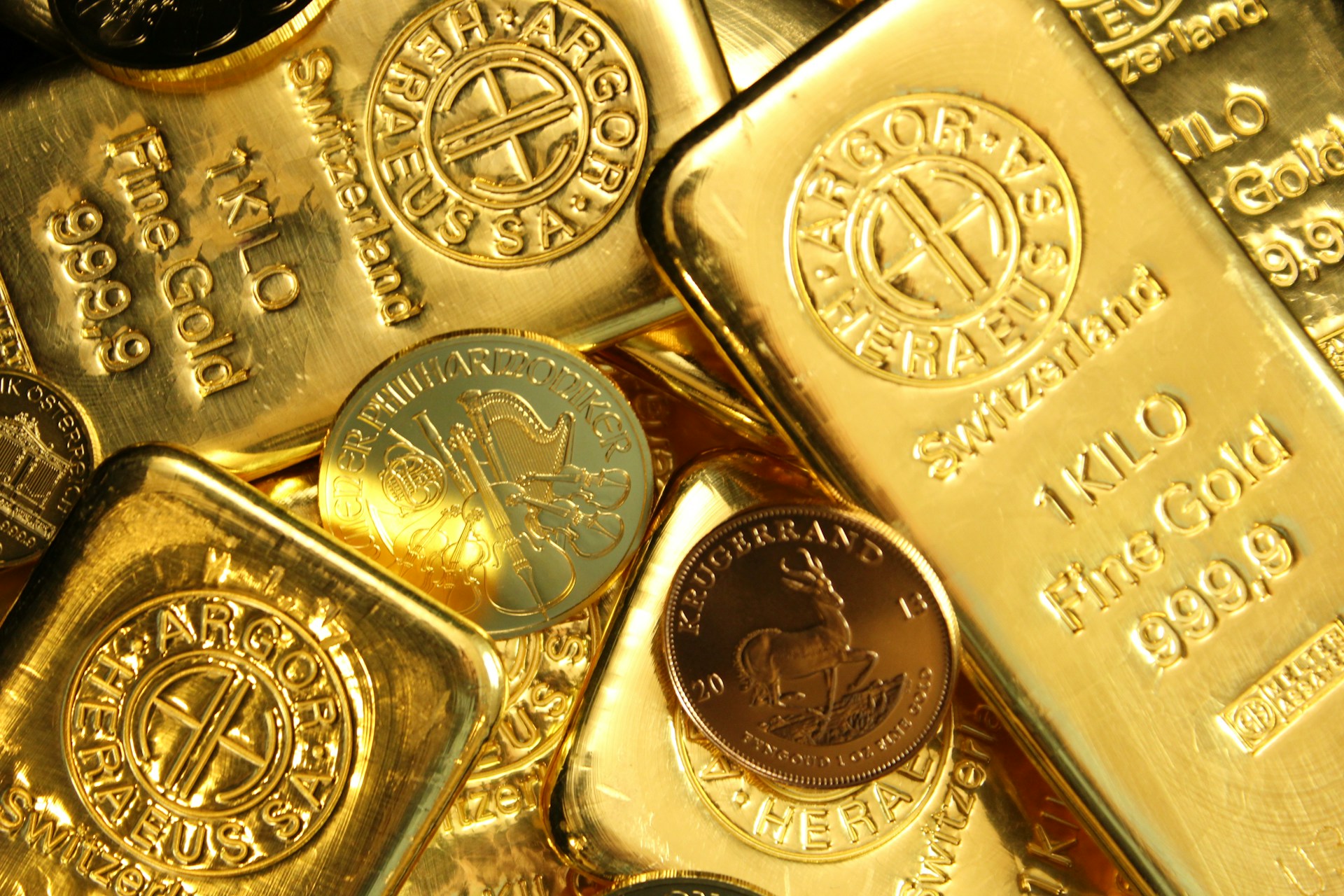Main Asset Classes For ETF Investors

If you're an ETF investor, the main asset classes that might interest you are cash, bonds, property, equities, and commodities. Cash is the most liquid asset and the safest, but returns are typically low and may not keep up with inflation. When investing in money market ETFs, make sure to pay attention to the currency being used, as fluctuations in value can be considerable if it's outside your currency area.
Bonds are loans made by investors in return for a fixed income stream over a specific period of time. Once issued, they are freely traded, which means their day-to-day prices fluctuate. Investors in property get an income stream derived from rent, plus capital gains as building and land becomes more valuable. With ETFs, you invest in collections of listed property companies and listed real estate funds (REITs), rather than directly into the property.
Traded shares of stock market listed companies, or equities, can deliver an income stream (via dividends), but this is paid at the discretion of management. Investors also look for capital gains as companies become more valuable over time. Equities in developed markets like the UK and US have historically delivered the best returns over the long term, but at the cost of greater volatility and occasional stock market crashes.
Commodities are bulk goods like gold, oil, and corn, and are generally traded on their future prices and offered in ETFs as mixed baskets. Precious metals, as an exception, may also be bought at spot price through Exchange Traded Commodities (ETCs). In a multi-asset portfolio, commodities are generally used to increase diversification and lower risk.
Each of these asset classes can be further broken down into sub-categories with their own characteristics of risk and reward, and may respond differently to others in the same asset class over the economic cycle.
ETFs are an excellent way to get exposure to these asset classes quickly and cost-effectively.
Cash - Cash is the most liquid asset and generally considered the safest option since it is not subject to market fluctuations. However, its returns are typically low, which can be even lower when taking inflation into account. If you're investing in money market ETFs, make sure to pay attention to the currency being used. If the ETF maps currencies outside of your currency area, the fluctuations in value can be significant.
Bonds - Bonds represent loans made by investors, which offer a fixed income stream over a specific time period, as well as the promise of receiving the initial investment back at the end of the term. After being issued, bonds can be traded freely, which means that their prices can fluctuate on a day-to-day basis.
Property - Commercial property, also referred to as real estate, encompasses office and factory buildings, and provides investors with an income stream generated from rent, as well as the possibility of capital gains as the land and buildings appreciate in value. When investing in commercial property via ETFs, you're actually investing in a portfolio of listed property companies and real estate funds (REITs), rather than directly in the physical property itself. The performance of commercial property ETFs tends to fluctuate in a similar way to equities.
Equities - Equities refer to traded shares of companies listed on the stock market. Investing in equities can provide you with an income stream through dividends, but unlike bonds, the payment of dividends is subject to the discretion of company management. Investors in equities also seek capital gains as companies increase in value over time. Over the long-term, equities in developed markets such as the UK and US have historically delivered the best returns, but come with greater volatility and the occasional stock market crash.
Commodities - Commodities are bulk goods such as gold, oil, and corn. In general, they are traded on their future prices and offered in ETFs as mixed baskets. Precious metals, as an exception, may also be bought at spot price through Exchange Traded Commodities (ETCs). In a multi-asset portfolio, commodities generally are used to increase diversification and therewith lower risk. In addition, ETFs that offer commodity exposure are very popular with short-term traders taking a view on the markets.



